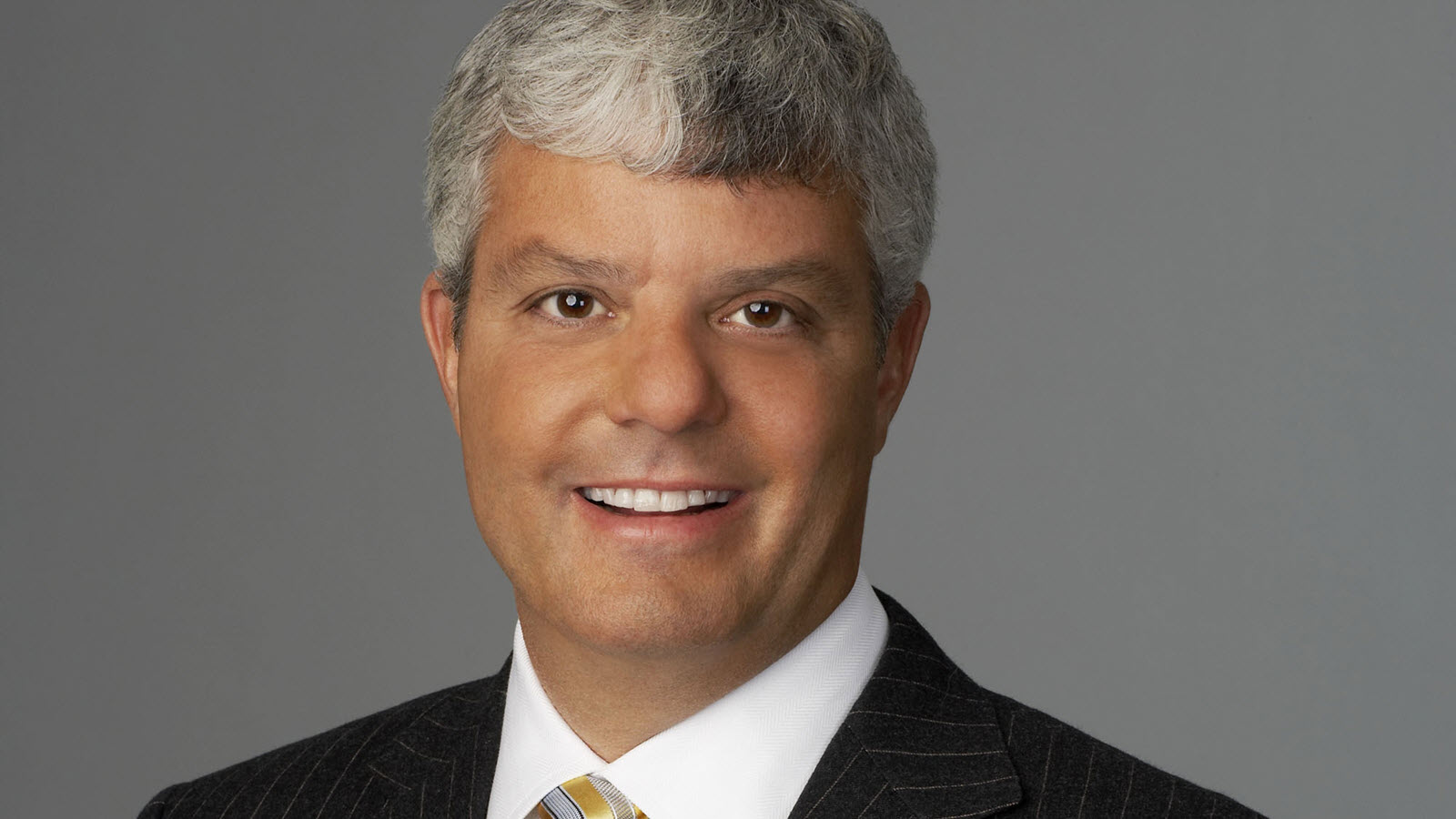Levy Wants 5% of TV Ad Budgets Spent on Audiences

When it comes to getting TV advertisers to shift their spending to data-targeted audience buying, Turner president David Levy isn’t messing around anymore.
Turner was one of the pioneers in offering data-based products and selling ads based on audiences rather than broad Nielsen demographic ratings, but audience buying remains a fraction of TV ad sales.
Levy wants that to change this upfront and is calling on all advertisers who haven’t yet adopted it to shift 5% of all their TV budgets — not just those spent at Turner — into audience-based buying.
The 2018 Upfront:Sales Execs Claim Strong Hand Going Into Upfront | Top Broadcast Sales Executives | Buyers Want Better Measurement, But Will Use Old Metrics in Upfront | The CW Brings a New Night to the Market | Pitching Hispanic Buying Power | Broadcast Networks Take Center Stage
Levy also wants to get rid of TV metrics that have been used since the 1950s. “You can start collecting your full benefits at 67 years old,” he said. “Nielsen’s TV metric is 67 years old. It’s time for the Nielsen TV metric to retire.”
Related: Fox, Turner, Viacom Team Up to Push Data-Driven TV Ads
The benefits to audience buying are clear to the hundreds of clients.
Multichannel Newsletter
The smarter way to stay on top of the multichannel video marketplace. Sign up below.
“We’re seeing incredible double-digit incremental results on return on investment,” he said.
If a consumer packaged goods client shifts 5% of its TV budget to audience-based targeting, it will see a 6% increase in return on investment compared to a 100% demo-based campaign. If 10% is audience-based, ROI rises 12%. If 20% is audience-based, ROI is 24% higher; and going 50% audience buying results in a 60% higher ROI.
On top of that, Turner has begun guaranteeing the outcomes of its audience-based campaigns. “And by the way, all of them have been successful,” Levy said.
There are benefits to TV networks in the shift to audience buying. For one thing, it eliminates dayparts. In TV, some advertisers won’t run ads in daytime or late night, even if that’s where their consumers are watching.
That doesn’t happen in the digital world that TV competes with. “You don’t say to Facebook, ‘Don’t put me on at 8 o’clock in the morning.’ When you log on to Facebook, or I log on to CNN.com, they don’t say what time did you log on, because I’m going to pay a different price for late night versus primetime,” Levy said.
Turner also gets a premium price. “If I’m guaranteeing you get those auto intenders, that’s going to be more expensive” than guaranteeing adults 18-49.
Levy stressed that he’s not looking for advertisers to just shift 5% of their spending at Turner.
Related: Attribution Data Points to TV Ads Driving More Sales
With Fox and Viacom, Turner is one of the founders of the OpenAP consortium, which aims to make audience buying easy by offering standardized definitions of audience segments and third-party post campaign reports.
“It’s an industry call-out,” he said. “This industry has to start spending 5% of their dollars on audience buying. As an industry we’re not getting enough clients to come in.
“This is the time, this is the year, when audience buying is a must. People are going to start getting left behind if they don’t start doing it.”
Levy’s 5% harkens back to the early days of cable, when ad agency Ted Bates decided to spend 5% of its TV budget on cable.
“Back then, people knew cable worked,” he said. “They knew it was going to help build reach and frequency. Now, if you want to build ROI, you need to get into audience-based targeting.”
Jon has been business editor of Broadcasting+Cable since 2010. He focuses on revenue-generating activities, including advertising and distribution, as well as executive intrigue and merger and acquisition activity. Just about any story is fair game, if a dollar sign can make its way into the article. Before B+C, Jon covered the industry for TVWeek, Cable World, Electronic Media, Advertising Age and The New York Post. A native New Yorker, Jon is hiding in plain sight in the suburbs of Chicago.

